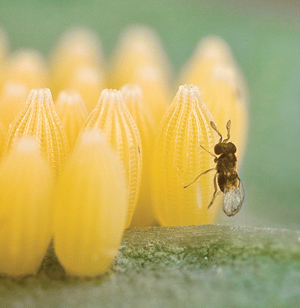Here's another way (of the myriad ways) that hymenopterans are useful and interesting. The BBC reports that bumble bees (Apidae:
Bombus) could be used indirectly to
catch serial killers in the U.K. By focusing on their foraging ecology, models could be developed to inform police on the habits of serial killers.
Update: Looks like
ScienceDaily picked up the story as well, accompanied by a picture of
Xylocopa (Apidae) (possibly
X. virginica). Hmmm...


